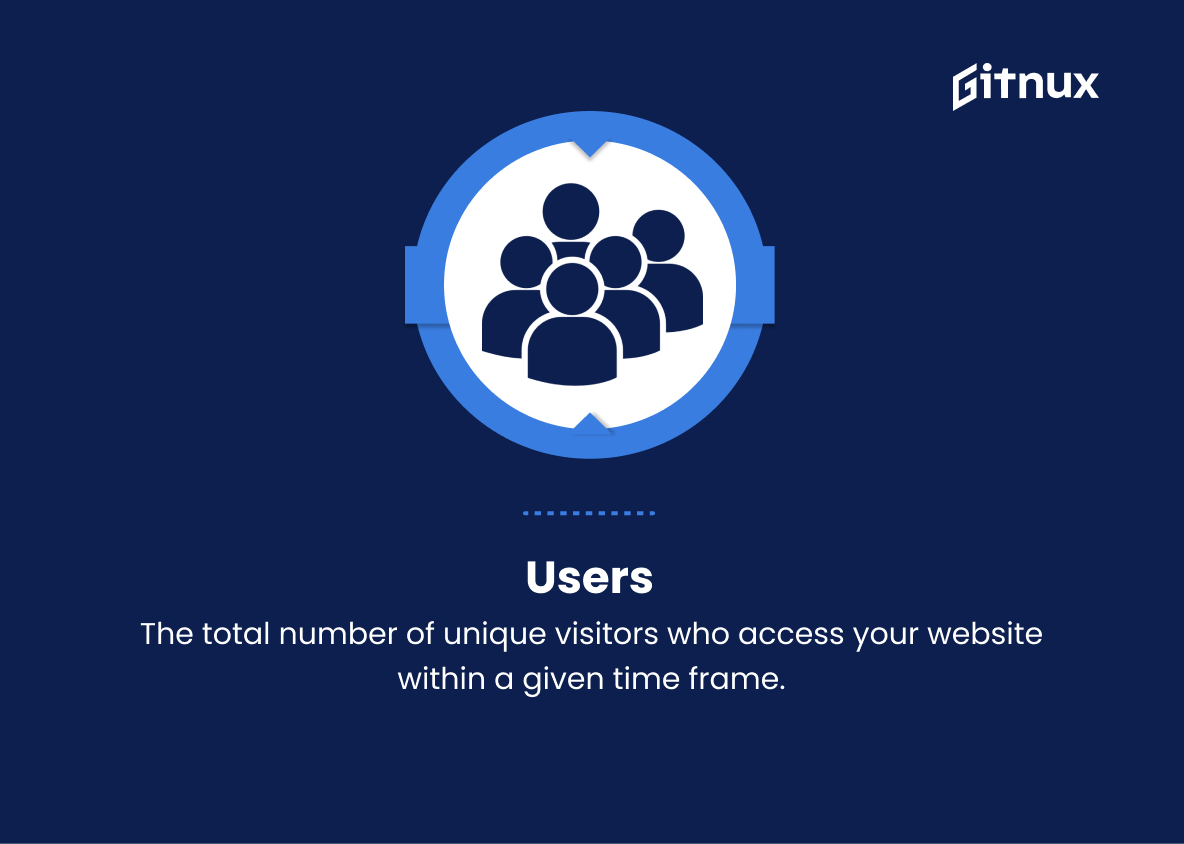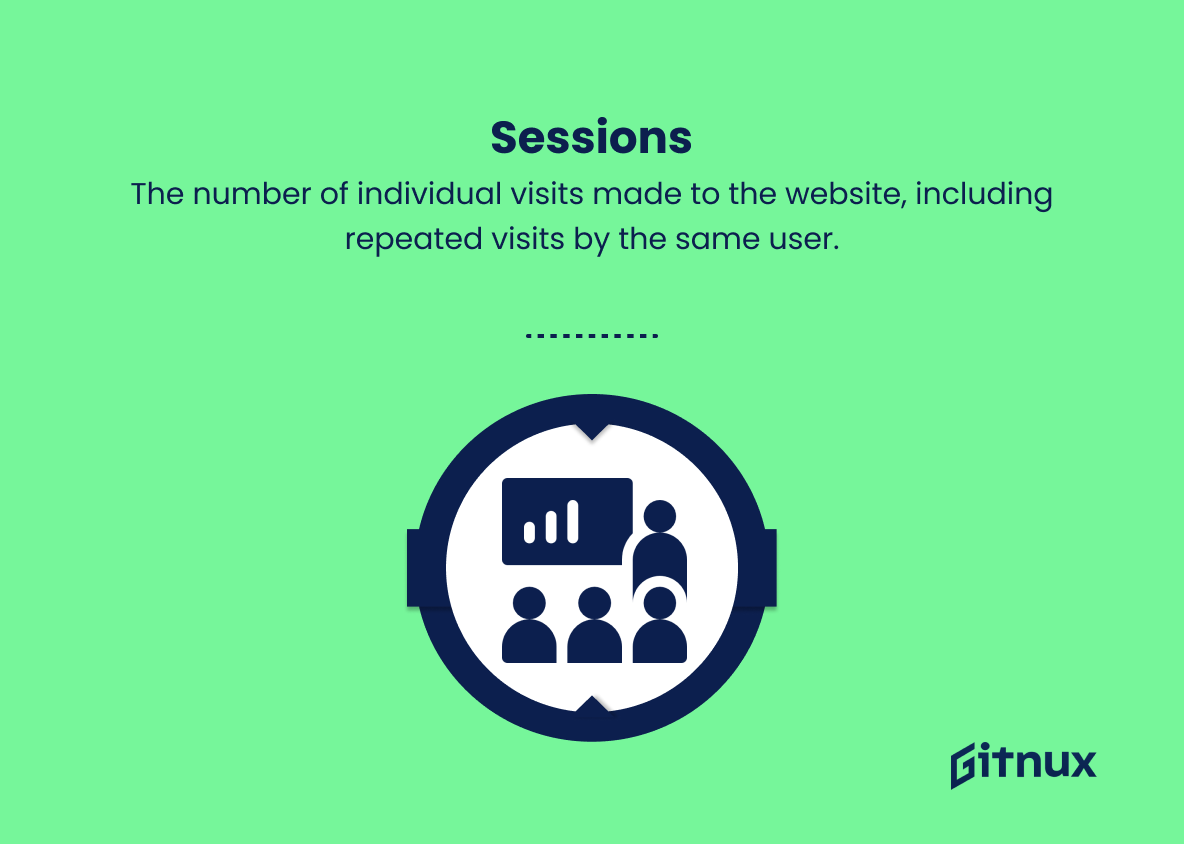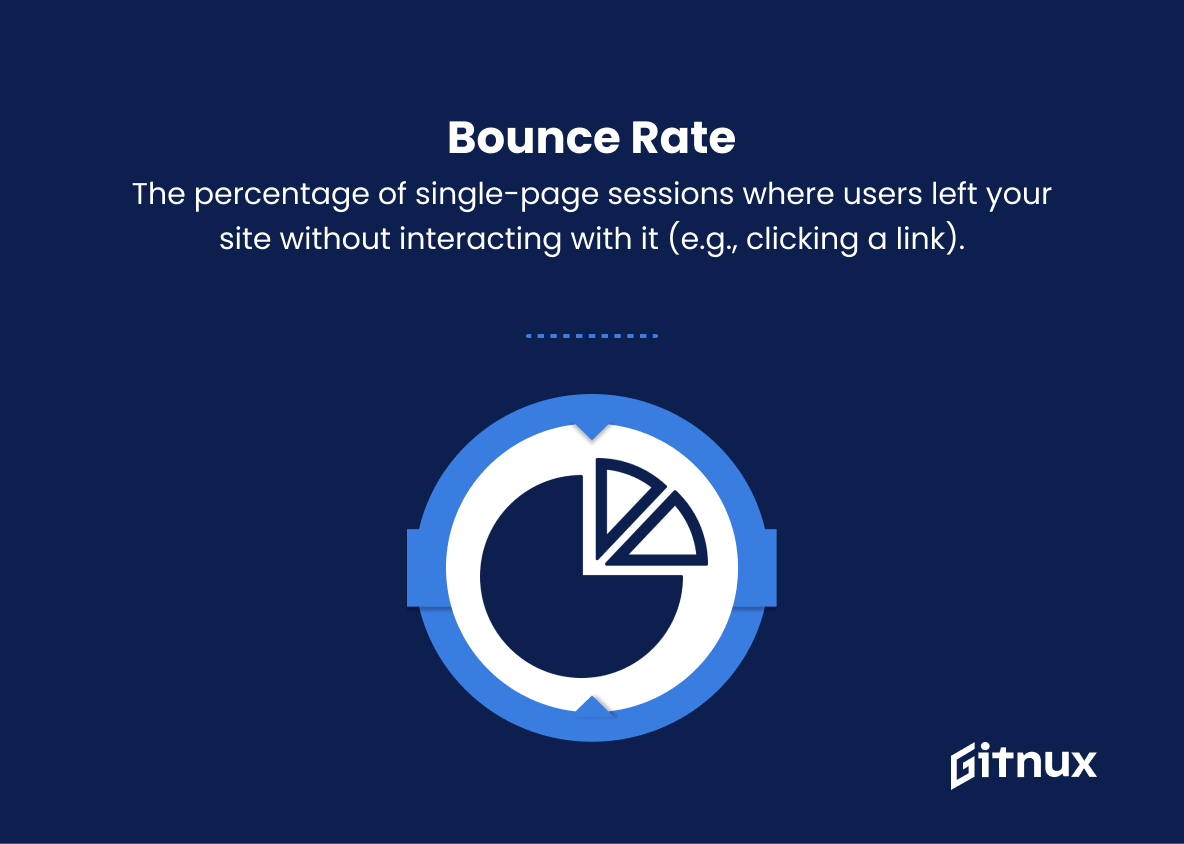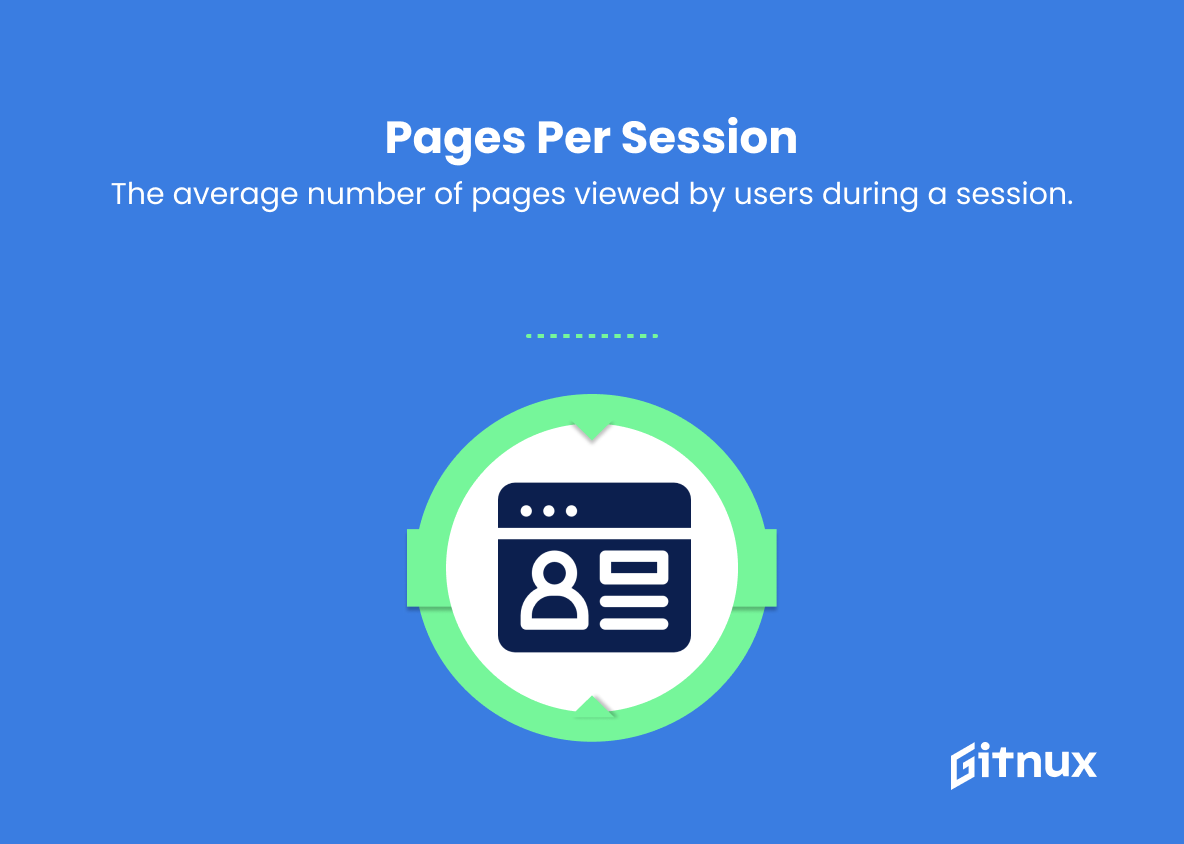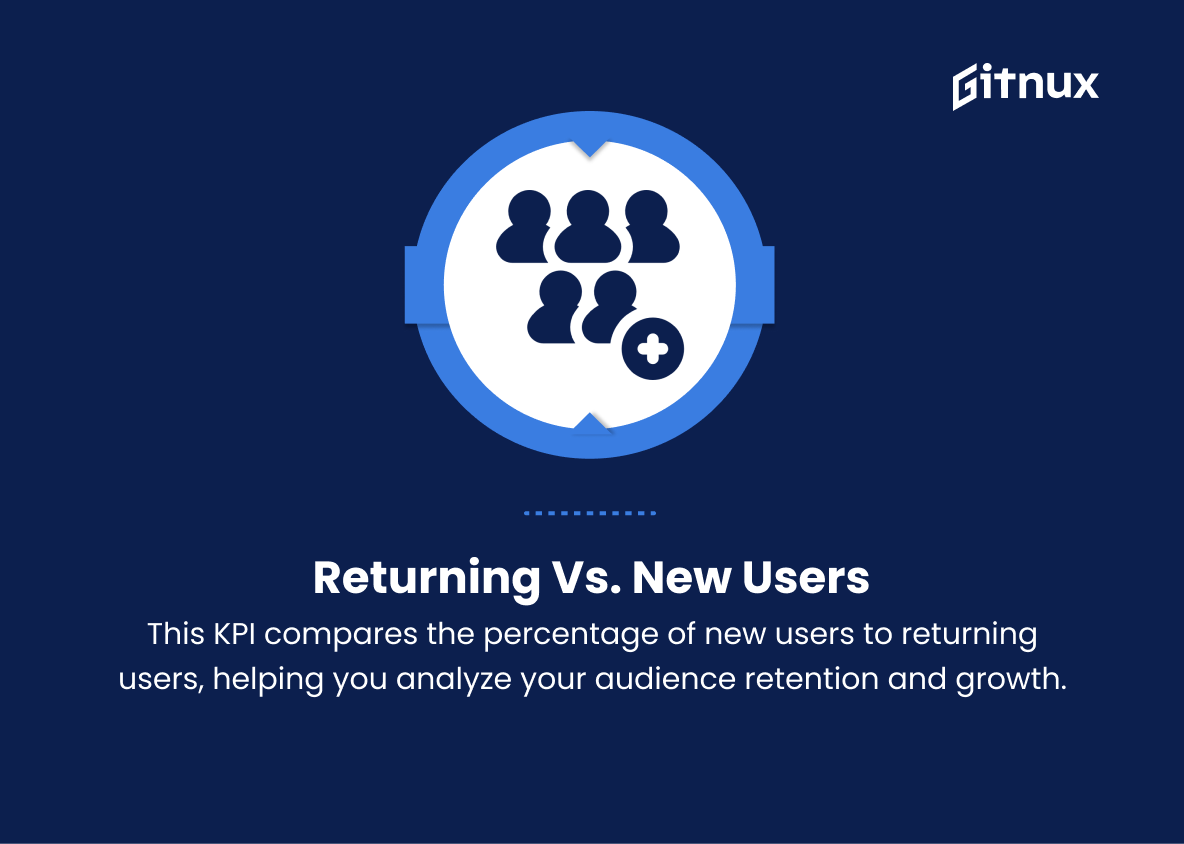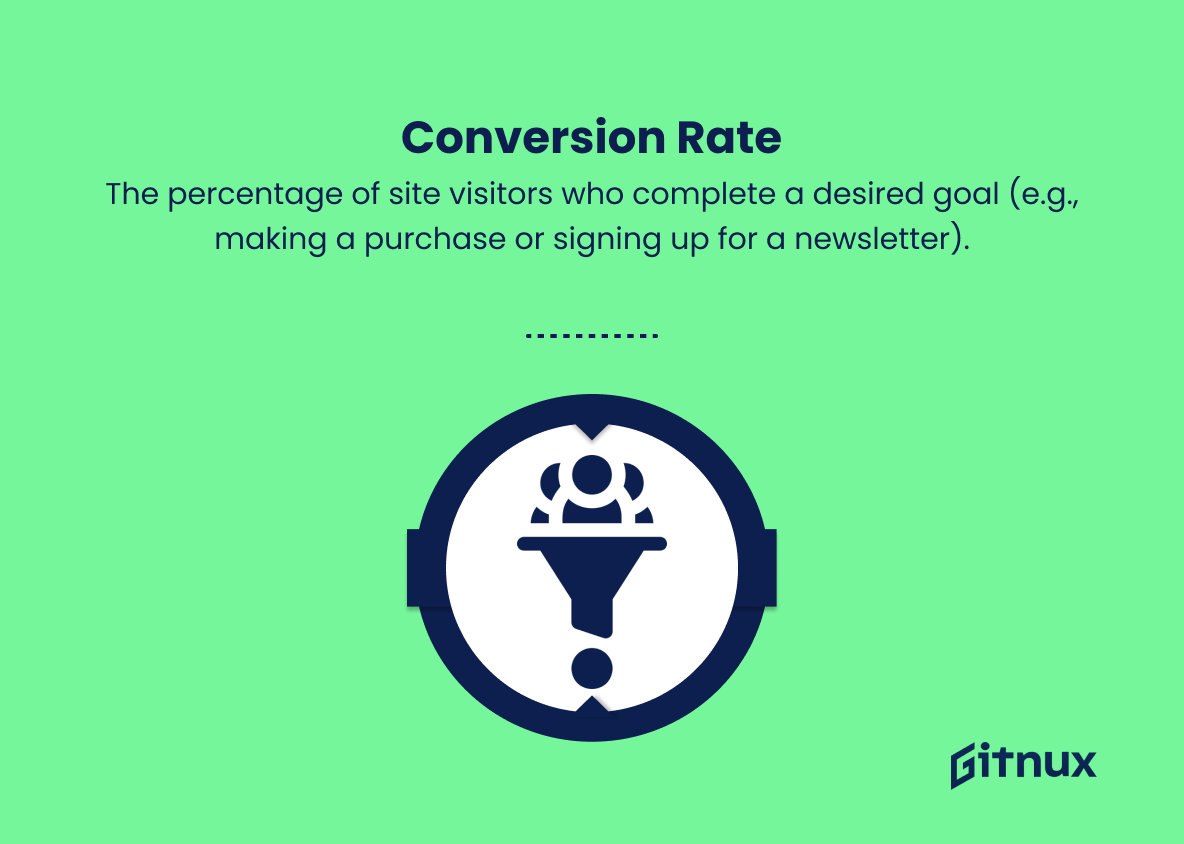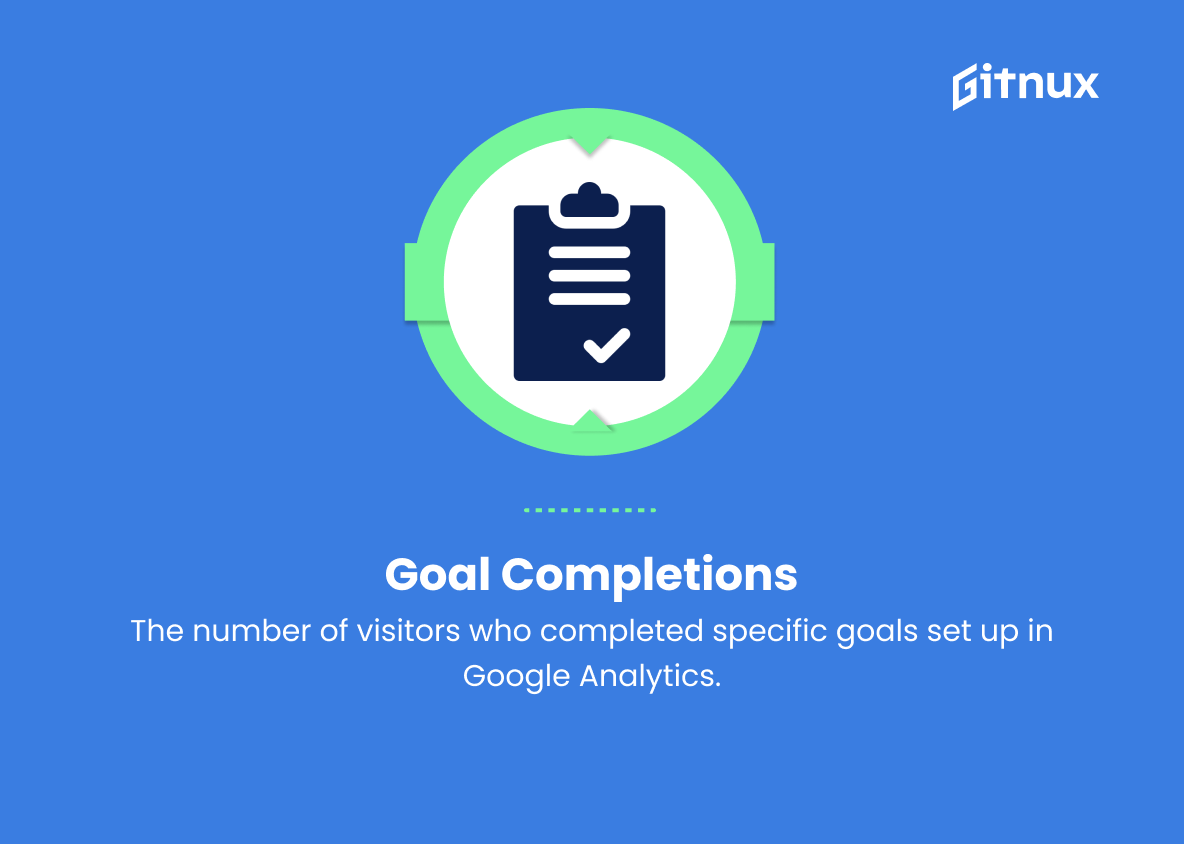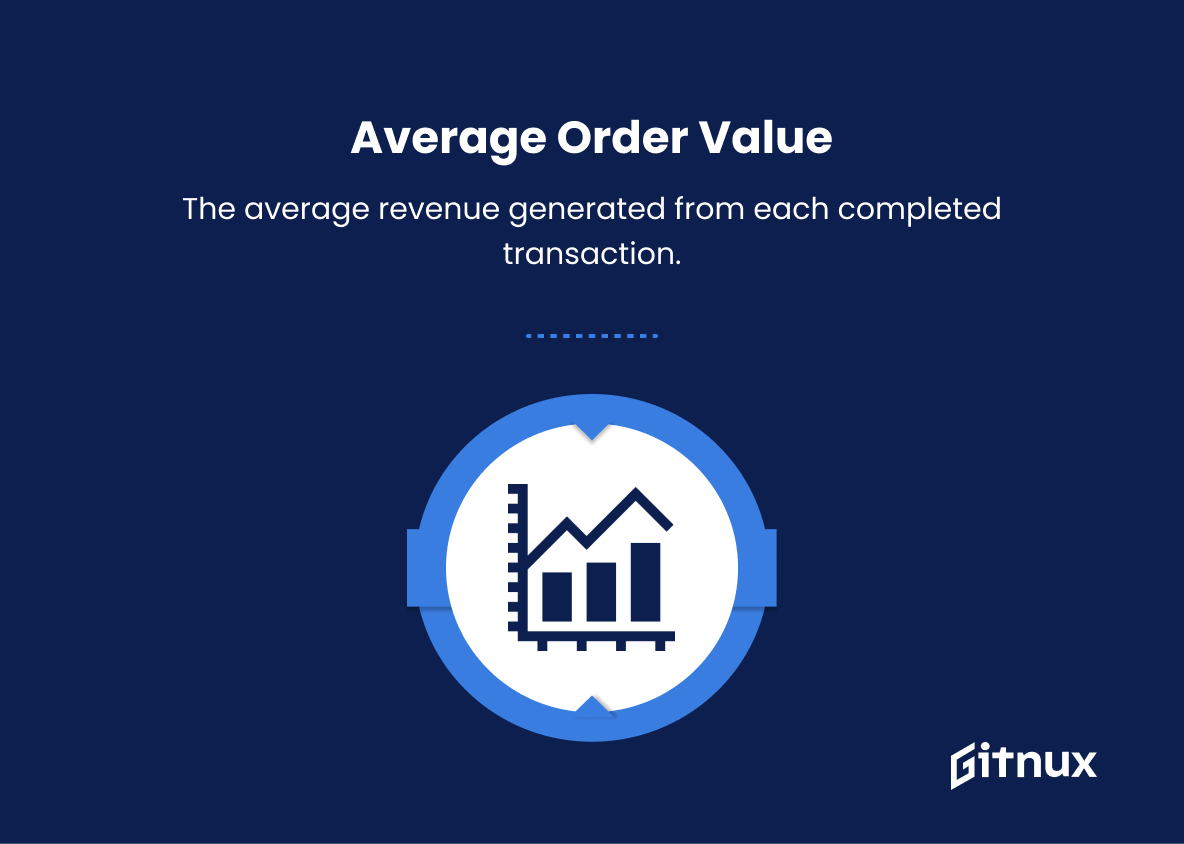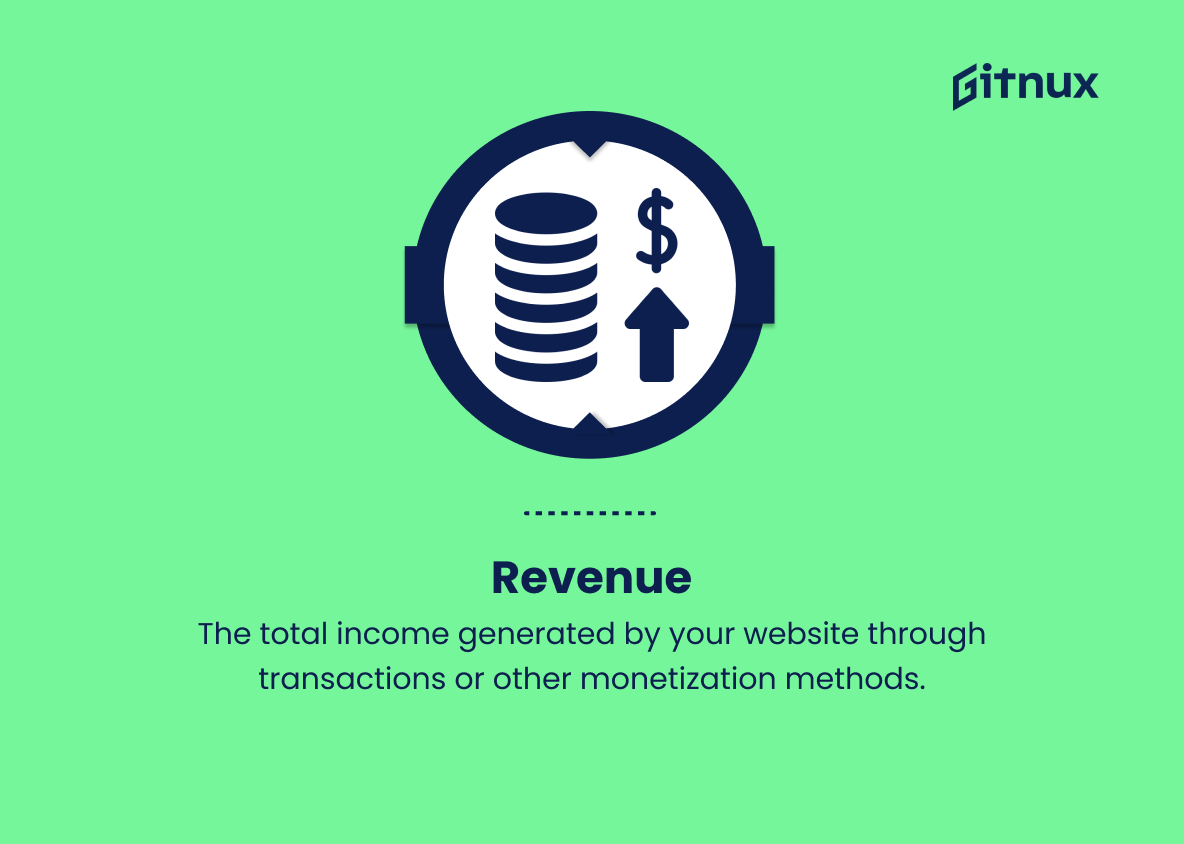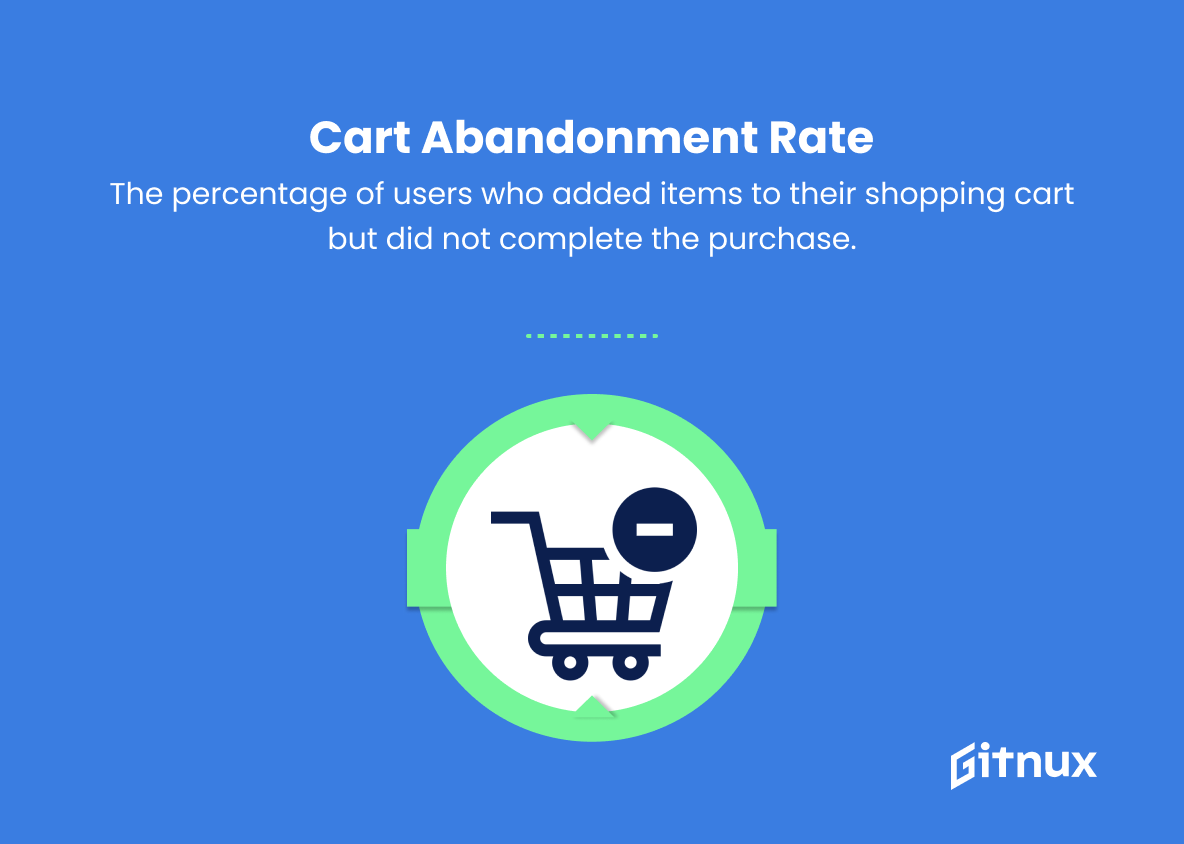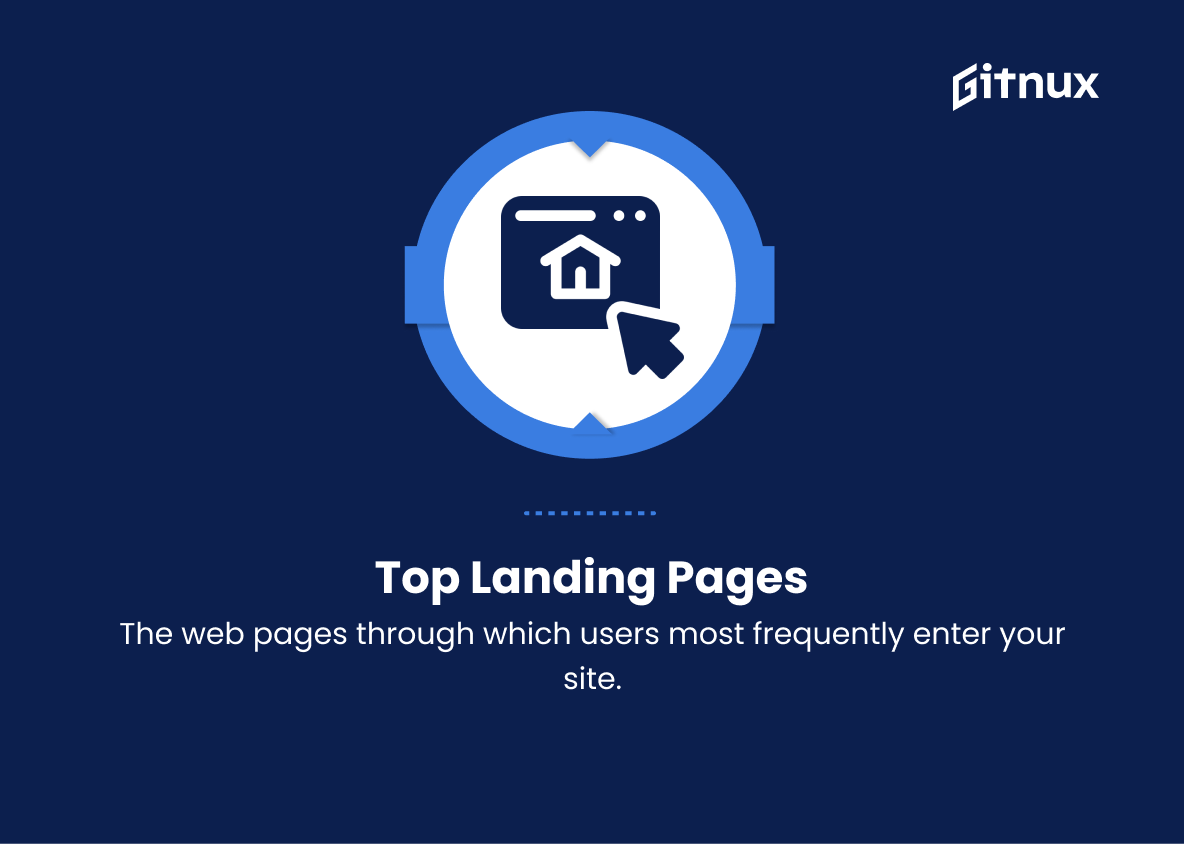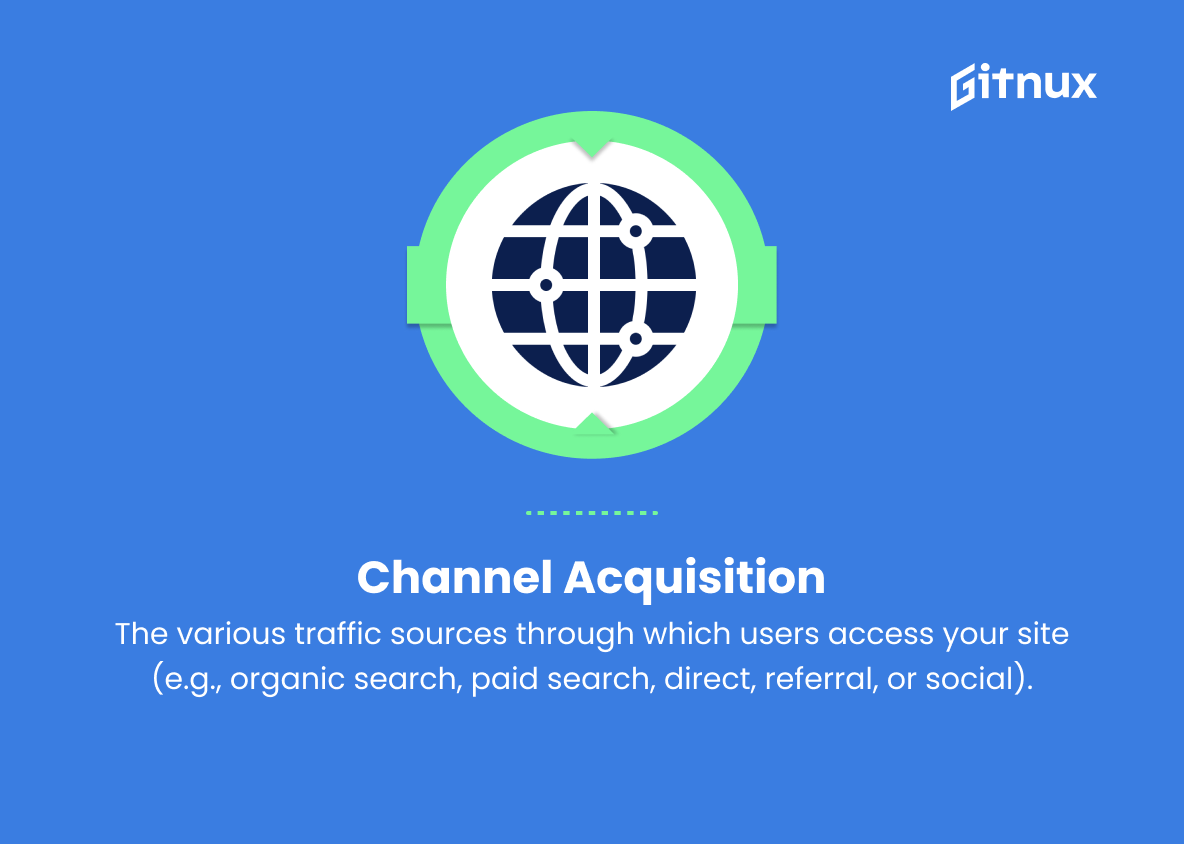In today’s data-driven world, the success of a digital marketing campaign lies in the ability to measure, analyze and optimize various aspects of its performance. Enter Google Analytics, a powerful and comprehensive tool designed to provide invaluable insights into the functioning of your website, audience behavior, and overall online presence. As a marketer or business owner, it is essential to recognize and track the Key Performance Indicators (KPIs) that matter the most to your organizational goals.
In this insightful blog post, we will delve into the world of Google Analytics KPIs, exploring their significance, categorization and the top metrics to follow in order to boost your marketing outcomes, drive growth, and enhance customer satisfaction. So, if you are ready to unlock the true potential of your website and make data-driven decisions, keep reading as we unravel the essential Google Analytics KPIs you simply cannot afford to ignore.
Google Analytics KPIs You Should Know
1. Users
The total number of unique visitors who access your website within a given time frame. This KPI helps you track your site’s audience size and growth.
2. Sessions
The number of individual visits made to the website, including repeated visits by the same user. This KPI helps you monitor user engagement with your site.
3. Pageviews
The total number of web pages viewed by users during their sessions. This KPI indicates the overall activity level and user interest in your site’s content.
4. Bounce Rate
The percentage of single-page sessions where users left your site without interacting with it (e.g., clicking a link). A high bounce rate may suggest that your content or design is not engaging.
5. Session Duration
The average amount of time users spend on your website during a session. This KPI can help you assess the quality of user engagement and content.
6. Pages per Session
The average number of pages viewed by users during a session. This KPI can help you understand the overall user experience and content relevance.
7. Returning vs. New Users
This KPI compares the percentage of new users to returning users, helping you analyze your audience retention and growth.
8. Conversion Rate
The percentage of site visitors who complete a desired goal (e.g., making a purchase or signing up for a newsletter). This KPI measures the effectiveness of your website in achieving your business objectives.
9. Goal Completions
The number of visitors who completed specific goals set up in Google Analytics. This KPI helps you track the success of various marketing efforts and user actions.
10. Average Order Value (AOV)
The average revenue generated from each completed transaction. This KPI is crucial for e-commerce businesses as it helps evaluate overall profitability.
11. Revenue
The total income generated by your website through transactions or other monetization methods. This KPI helps you assess the financial performance of your online business.
12. Cart Abandonment Rate
The percentage of users who added items to their shopping cart but did not complete the purchase. This KPI helps you identify potential issues in the purchase process and optimize the user experience.
13. Top Landing Pages
The web pages through which users most frequently enter your site. This KPI helps you identify your most effective content and entry points for user acquisition.
14. Top Exit Pages
Web pages where users most frequently leave your site. This KPI can help you identify any content or design issues causing users to leave.
15. Channel Acquisition
The various traffic sources through which users access your site (e.g., organic search, paid search, direct, referral, or social). This KPI helps you evaluate the effectiveness of different marketing channels and strategies.
16. Click-Through Rate (CTR)
The ratio between the number of ad clicks and ad impressions. This KPI measures the performance of your online advertising campaigns and the effectiveness of your ads.
17. Cost per Acquisition (CPA)
The average amount of money spent on acquiring a new customer. This KPI can help assess the effectiveness and profitability of your marketing campaigns.
Google Analytics KPIs Explained
Key Performance Indicators (KPIs) in Google Analytics play a crucial role in tracking and measuring the success of your website and marketing efforts. KPIs such as Users, Sessions, Pageviews, and Bounce Rate help understand user engagement and audience size, while Session Duration and Pages per Session provide insights on user experience and content relevance. Returning vs. New Users further aids in evaluating audience retention and growth.
Conversion Rate and Goal Completions measure your website’s ability to achieve specific business objectives, and Average Order Value (AOV), Revenue, and Cart Abandonment Rate are essential for e-commerce businesses to gauge profitability and optimize the purchase process.
Analysis of Top Landing and Exit Pages identifies the most effective content and potential issues, while Channel Acquisition and Click-Through Rate (CTR) help assess the performance of various marketing channels and advertising campaigns. Lastly, the Cost per Acquisition (CPA) KPI is vital for determining the profitability of your marketing efforts.
Conclusion
In summary, monitoring and optimizing Google Analytics Key Performance Indicators (KPIs) is essential for any business aiming to succeed in the digital landscape. From tracking user engagement and conversion rates to analyzing traffic sources and understanding customer behavior, these KPIs offer invaluable insights that can drive growth and improve performance.
By regularly reviewing and adjusting your strategies based on the data provided, you will be better equipped to make informed decisions about your online presence, ultimately leading to a more effective and profitable digital marketing strategy. Remember, KPIs are not just numbers; they are the compass that guides your business toward success in the ever-evolving realm of digital marketing.
